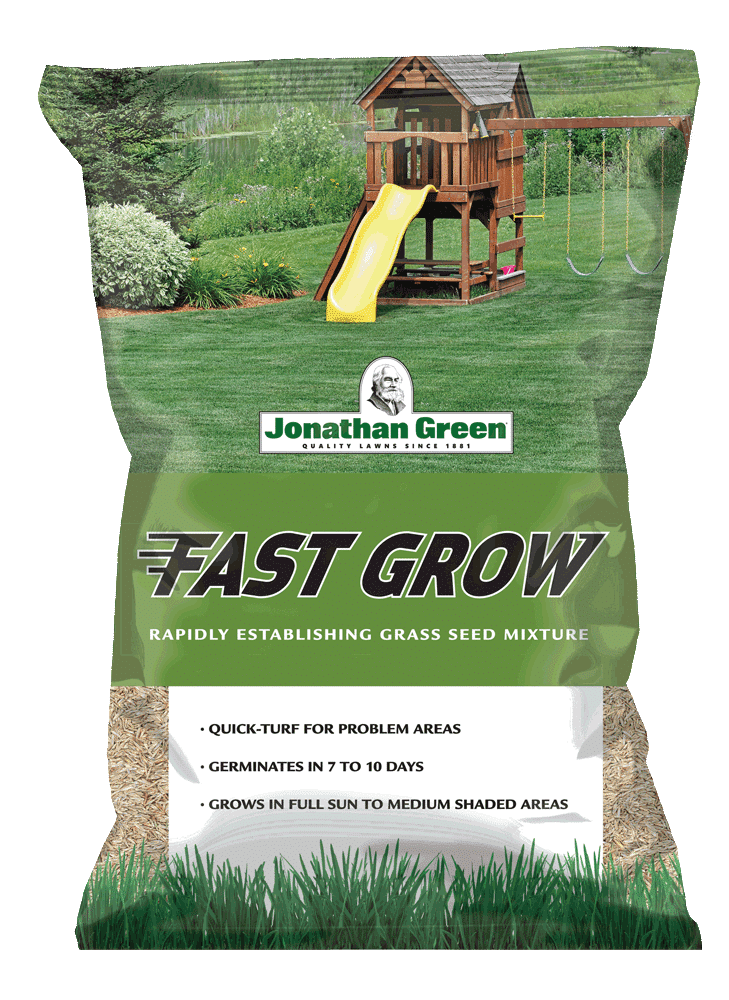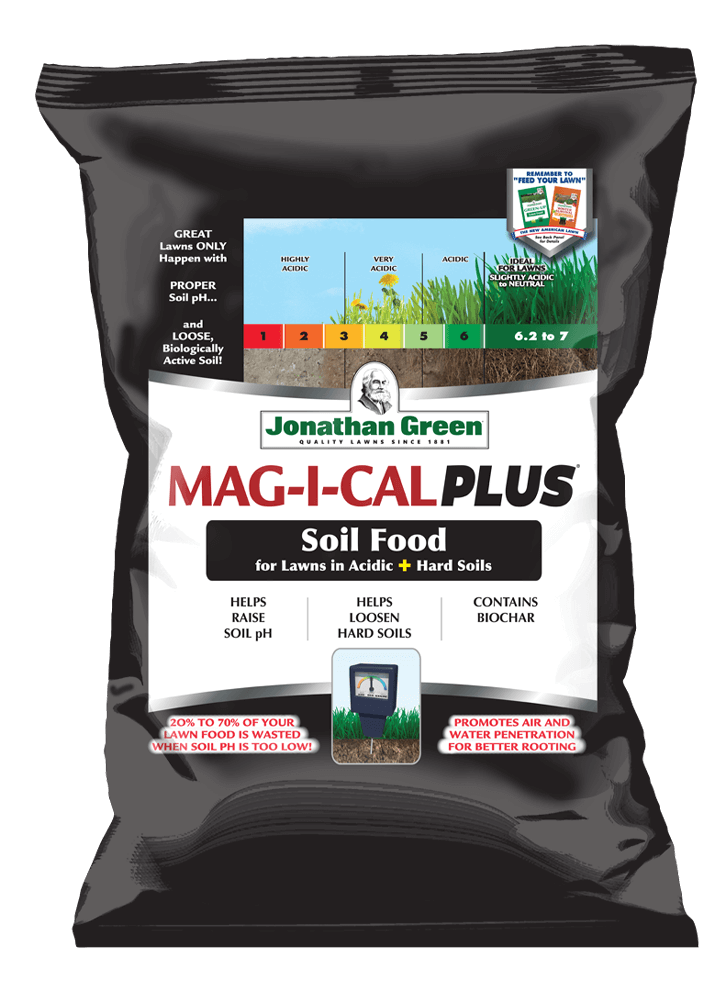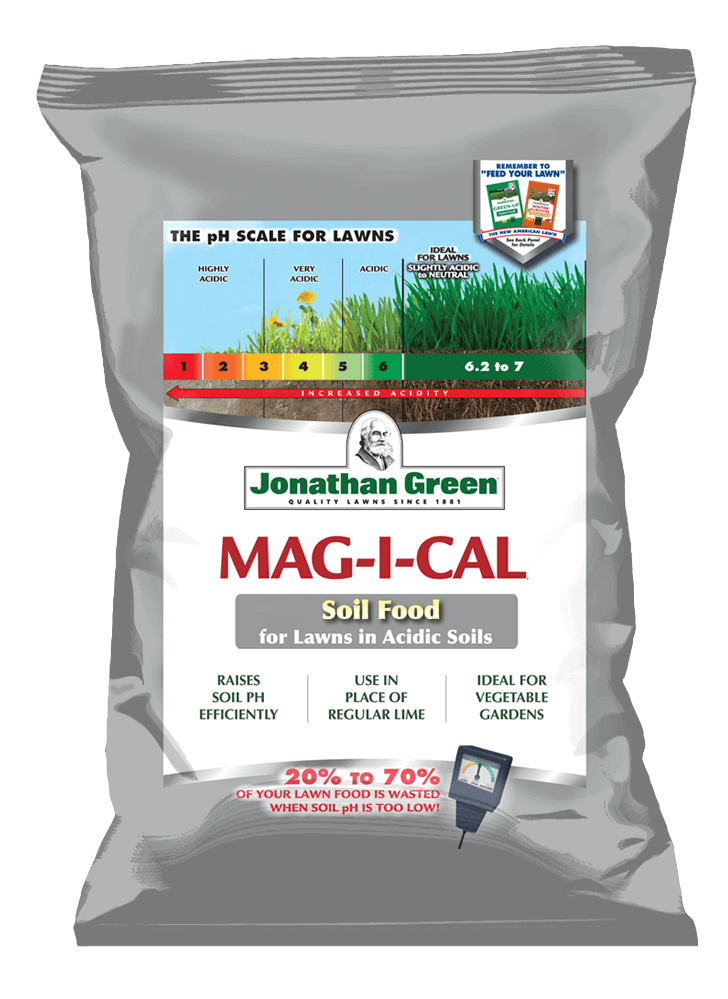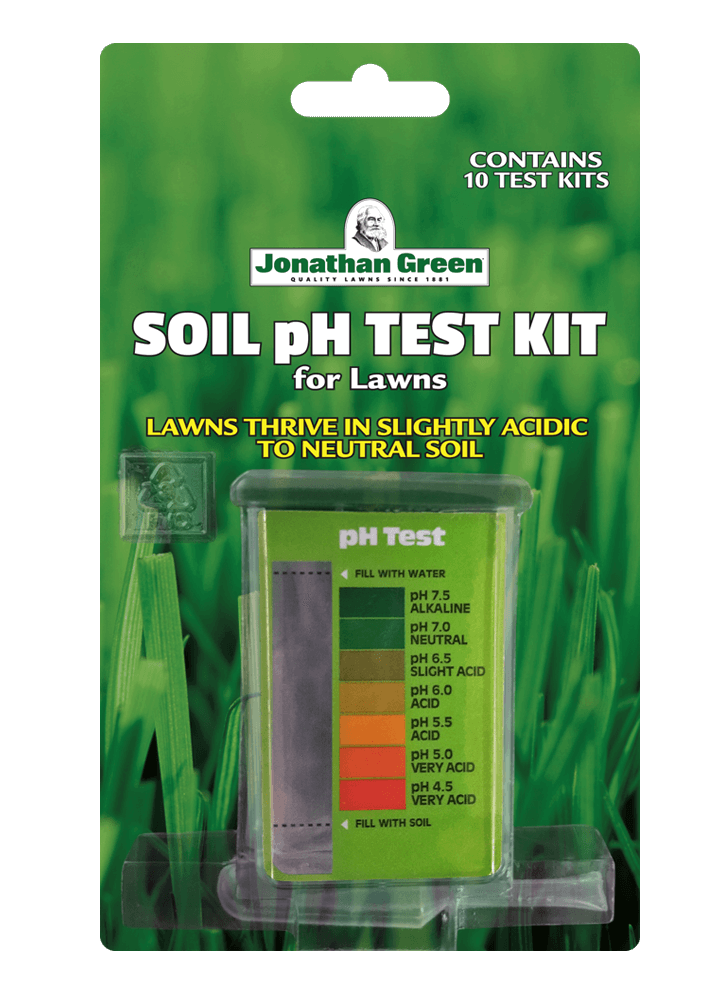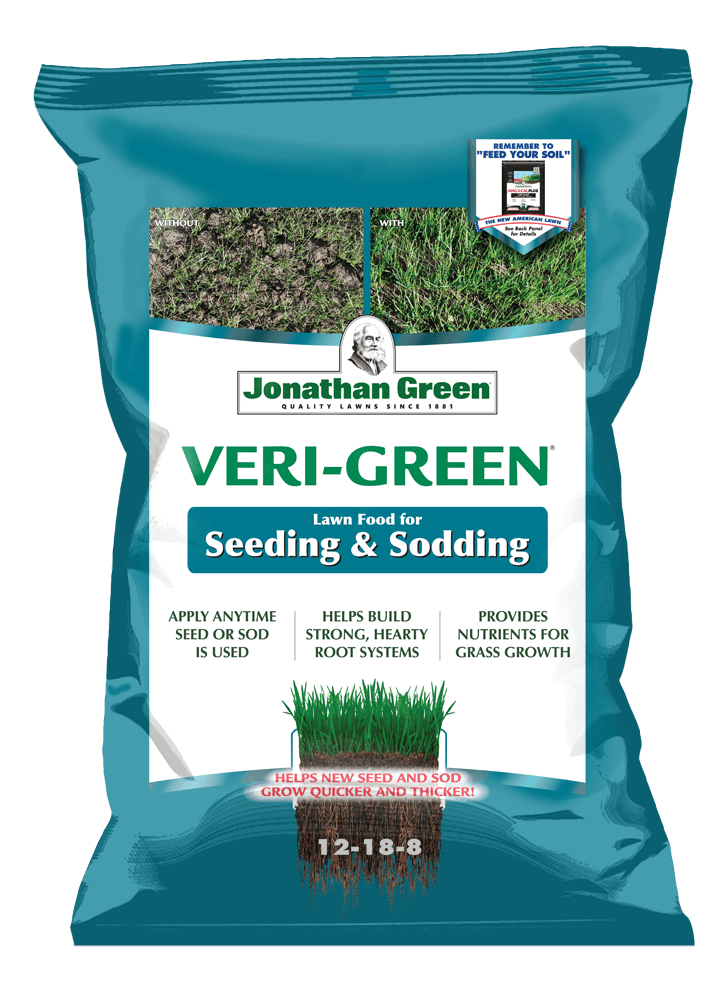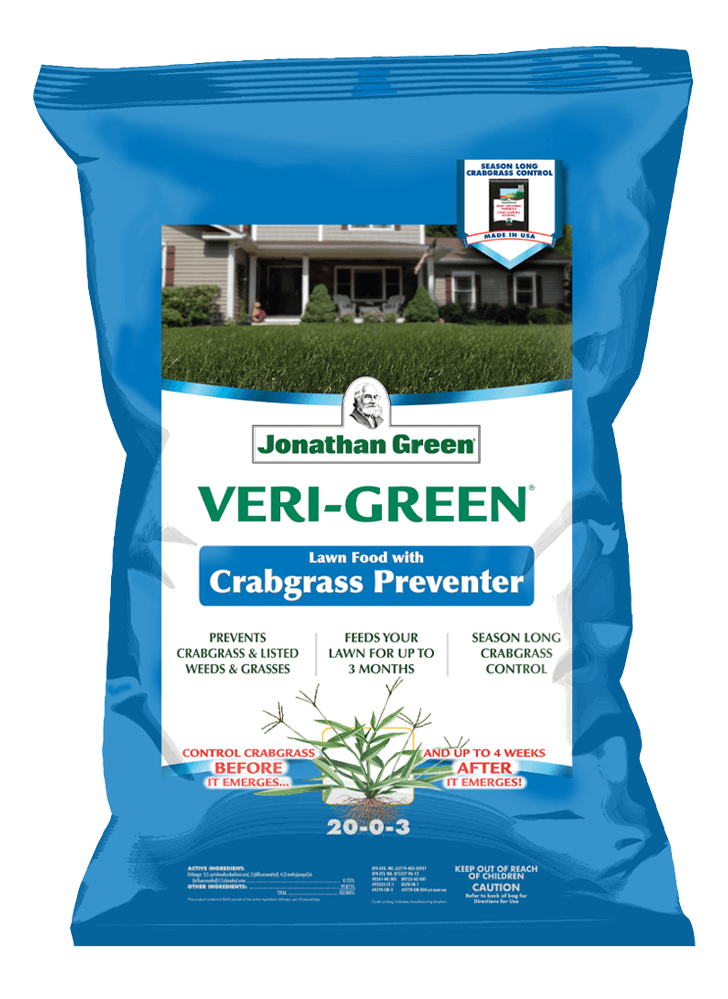Why Is My Grass Not Growing?
Over the years, we have heard of homeowners struggling to establish newly planted grass seed.
If there is grass seed growing in the carpet of your car and in cracks in your sidewalk, why is it not growing where it is supposed to, on your lawn?
Oftentimes, the problem is believed to be the grass seed, but there are numerous factors in grass seed growth.
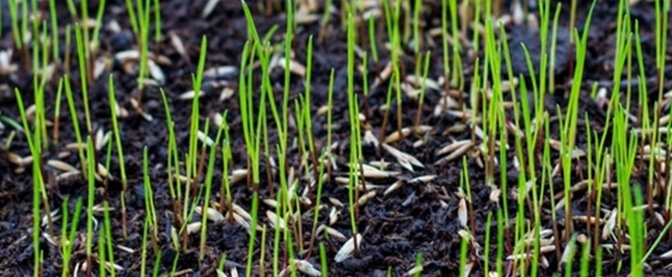
What is germination?
Let’s start at the beginning: What is germination?
To germinate means to “start to grow.” For example, Ryegrass may take only 7 days to germinate, but 21 days to grow to 3 inches.
A mixture containing only 10% Ryegrass will not germinate quickly if the rest of the mixture contains Kentucky bluegrass and fescues.
If you would like quick germinating grass seed, make sure to check the product label for what types of grass are included in the mixture.

The species of grass seed you sow will help to determine when to expect germination.
Ryegrass is the quickest species of grass to germinate. In the correct conditions, it can germinate in only 5-7 days!
Tall, chewings, and creeping fescues are the next species to germinate, usually taking 14-21 days.
Kentucky bluegrass is the slowest species, which can take 21-28 days to germinate.
Temperatures
Many homeowners apply grass seed during spring months after raking the yard and finding bare spots.
However, spring weather can vary greatly each year in the same area.
The main reason grass seed doesn’t germinate quickly during the spring months is cool and wet weather.
Grass seed that is planted in soil temperatures below 50°F often will not grow. For the soil temperatures to reach 50°F you need 7-10 days of air temperatures to reach over 60°F.
Would you rather swim in the ocean in April or August? You probably picked August, because the water is much warmer.
The same goes for growing grass seed, it will germinate better in August than April because of warm soil conditions.
Grass seed will not grow if soil temperatures are too high either. It is best to seed cool-season grasses from mid-August through mid-October or mid-March through mid-May.
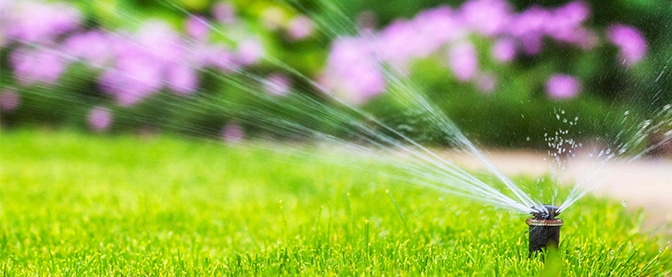
Water
Water is necessary for seeds to germinate, but too much water can hinder germination.
While watering newly planted grass seed is good for growth, overwatering will drown the new seeds, making them float to the surface instead of taking root in the soil.
This is why excessive spring rains can delay germination.
The rule of thumb is “be patient” when seeding in the spring.
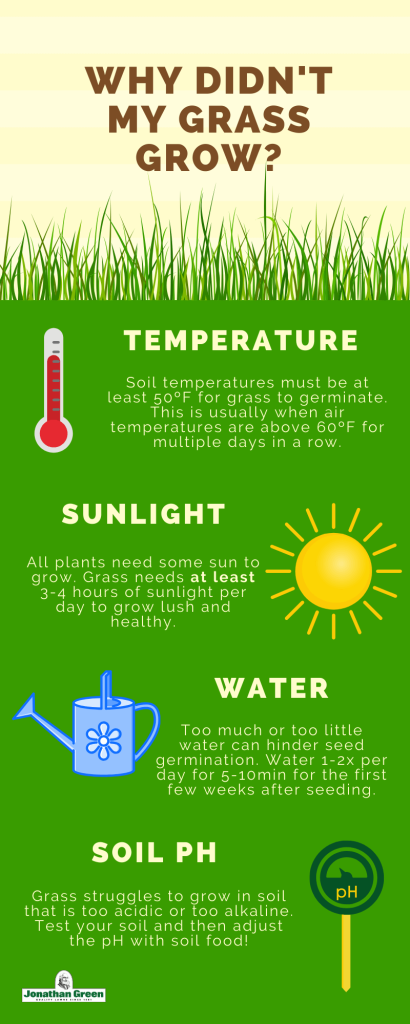
Sunlight
In order to grow, all grass seed needs some level of sunlight to produce chlorophyll and stimulate photosynthesis.
When spring comes along and the tree canopy increases, less sunlight gets to the grass plants.
If your shaded area receives only 1-2 hours of sunlight a day you may have trouble growing grass.
If this same area receives 3-4 hours of sunlight, whether filtered or not, your chances of success increase greatly.
Frequently shaded areas have a low soil pH, meaning it is conducive to growing trees but not grass seed.
pH
Do you know the pH of your soil?
Grass cannot grow in soil with a pH that is too low (acidic) or too high (alkaline).
Test the soil in areas where you are having trouble growing grass seed before buying grass seed and fertilizer.
Homeowner test kits are available at garden and hardware stores or send a sample to your county cooperative extension office for analysis.
Jonathan Green offers a Soil pH Test Kit that is easy to use and you will have your results in five minutes!
Once you measure the soil’s pH, you can add soil foods to create an environment that the grass seed can grow in!
Fertilizers
If it has been a while since fertilizing your lawn, it might need a boost before the new seed can grow.
Our Veri-Green Starter Fertilizer for Seeding & Sodding will supply the nutrients necessary to get new seedlings off to a good start.
On the other hand, if you add too much fertilizer to your lawn, you risk damaging and burning your grass.
Not sure when to fertilize? Check out our fertilizer application wheel!
Weed Controls
There are specific weed controls that cannot be applied before, during, or directly after seeding.
Pre-emergent crabgrass preventers do not allow new grass seed to grow for 3-4 months after application.
Jonathan Green Veri-Green Crabgrass Preventer plus Lawn Fertilizer contains Siduron, also known as Tupersan.
This product will prevent crabgrass and grassy weeds from germinating and lets you seed on the same day without injuring seedlings.
Additionally, you cannot apply grass seed for 3-4 weeks after any broadleaf weed controls have been applied to the lawn.
Apply broadleaf or grassy weed control products only after the seed germinates and the grass is mowed 3-4 times.
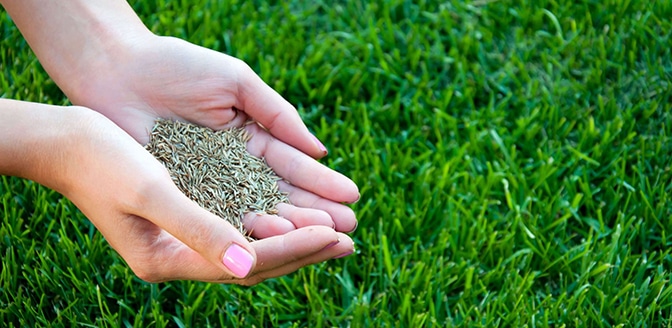
Mentioned Products
Experiment
By following this experiment you can find out whether it was the grass seed, or another factor resulting in your grass seed growth!
Supplies:
- Cup or Jar
- Paper towels
- Water (tap water is fine!)
- Jonathan Green grass seed
- A warm, sunny windowsill
Steps:
- Place a paper towel inside the cup
- Fill the cup with one inch of water
- Sprinkle a large pinch of grass seed onto a paper towel
- Place the cup on a warm, sunny windowsill
- Check on it every few days, adding more water if necessary
If the seed germinates, then you know that the grass seed is not the problem, but there is another variable that has gone wrong.
If it does not germinate then don’t hesitate to contact us!
